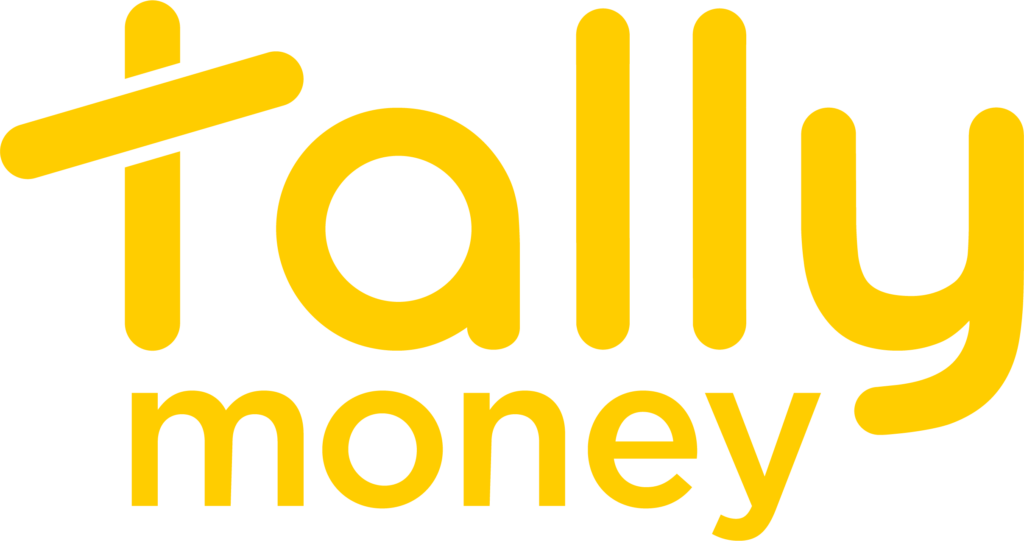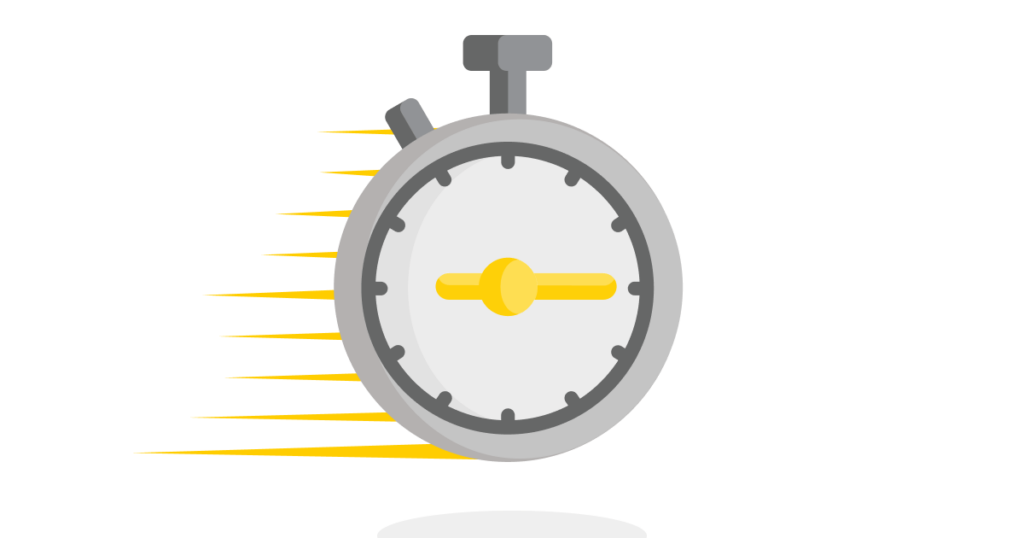There was a time when opening a savings account with a high street bank was one of the most logical financial decisions a person could make. Interest rates were attractive, inflation was relatively stable, and banks were perceived as the cornerstone of financial security. But fast forward to 2025, and much of that reliability has faded. A wave of rate cuts, product withdrawals, and underwhelming returns has left many UK savers asking a difficult question: are banks still the best place to store their money?
The reality is that although inflation has cooled compared to the highs of 2022–2023, the performance of traditional savings accounts has not improved proportionately. Interest rates are being cut faster than inflation is falling, and the net result is the same: savers are earning little to nothing in real terms. Worse, many feel trapped by loyalty or complexity, unsure of where else to turn. As more people begin to explore asset-based solutions, one form of value storage — physical gold — is stepping back into the mainstream. And through new platforms like TallyMoney, it’s becoming surprisingly accessible.
The BoE’s Base Rate Cut and What It Means for Everyday Savers
In May 2025, the Bank of England cut the UK base rate to 4.25%, down from a peak of 5.25% just nine months prior. The move, aimed at keeping borrowing affordable and supporting economic growth, had an immediate knock-on effect for savings products across the country.
Nationwide Building Society was among the first to respond, announcing rate reductions on 63 different savings products, effective from June. For many account holders, this meant seeing their interest drop from above-inflation territory to rates barely touching 2%.
Savers are being caught in a bind. Inflation may be more subdued than in years past, but lower base rates mean that returns are still being squeezed. The average easy-access savings account now offers 2–2.5% interest. At first glance, this looks serviceable. But once you subtract the impact of inflation, account fees, and tax on interest, the actual gain is often negligible.
Real Returns: The Metric That Really Matters
One of the most important but overlooked concepts in personal finance is real return – the return on savings after adjusting for inflation. If the best savings account offers 2.3% and inflation is 2.6%, your money is effectively losing value over time, even if the balance appears to be growing. The issue is subtle but powerful, and it’s catching many savers off guard.
There’s also the issue of legacy or “zombie” accounts. These are older savings products that remain open, often with large balances, but earn minimal interest – sometimes as little as 0.1%. Despite delivering close to zero returns, these accounts persist because many people assume that having any interest is better than none.
Martin Lewis and other leading financial commentators have repeatedly warned savers to review their accounts and check their rates. Many banks, particularly the large ones, rely on inertia – they benefit from customers who don’t switch, even when their money is going nowhere.
The Best Savings Account: The Rise of Gold as a Value Preserver
As trust in traditional savings accounts wanes, people are increasingly looking for alternatives that offer better long-term value preservation. Gold, historically seen as a hedge against inflation and currency risk, has made a dramatic comeback in 2025. Over the past three months alone, the price of gold has surged to £83.93 per gram, or $3,501.27 per ounce – an all-time high.
This isn’t just driven by short-term sentiment. It reflects deep structural shifts in how people view fiat currencies. According to analysts at J.P. Morgan and VanEck, demand for gold is being fuelled by long-term concerns around monetary policy, global instability, and the growing desire for tangible assets that aren’t tied to any one government or bank.
Gold offers something banks simply can’t: historical resilience. While the value of fiat currencies has changed dramatically over the past century, gold’s purchasing power has held relatively steady. It has survived economic crises, war, and countless shifts in government policy – always bouncing back to represent real value in times of uncertainty.
TallyMoney: Spendable Gold Without the Complexity
Traditionally, owning gold meant buying bullion, paying for storage, and selling it back through brokers. It was clunky, expensive, and inconvenient – hardly suited to the demands of modern banking. TallyMoney has changed that.
TallyMoney is a UK-based platform that allows users to hold and spend their savings in physical gold. Every 1 tally is 1 milligram of fully insured, allocated gold stored outside the banking system. When you top up your Tally account, pounds are converted into gold at the live market rate. You can then spend your balance anywhere Mastercard is accepted, just like a regular debit card – except your funds are held in gold, not pounds.
TallyMoney offers an entirely different approach to savings. There’s no need to wait for interest. Your wealth grows naturally when gold appreciates. And even when it doesn’t, your balance remains tied to a physical asset, not one vulnerable to policy shifts or lending risk.
Transparent, Predictable and Simple to Use
What really sets TallyMoney apart from both banks and traditional gold ownership is its transparency. Account holders pay a one-off activation fee of £9, and an ongoing account-keeping charge of 0.5% per year of the balance (minimum £3 per month). When converting pounds into tally, there’s a straightforward 1.49% gold purchase fee. Beyond that, there are no hidden fees, no transaction charges, and no FX mark-ups when spending abroad. Even ATM withdrawals (up to three per day) are free of charge, up to £250 in tally equivalent.
In contrast, banks often present their pricing in layers of fine print. Interest is advertised prominently, but seldom mentioned are the withdrawal restrictions, minimum balance conditions, or short-term “bonus” periods. With TallyMoney, you always know what you’re getting, and your funds remain accessible – not locked away.
Gold as a Long-Term Tool for Cautious Savers
TallyMoney is attracting growing interest among savers who feel underserved by banks but wary of high-risk investments. This includes pre-retirees looking to protect lump sums, professionals with surplus cash, and everyday consumers who’ve watched interest rates fail to keep up with the cost of living for years.
Rather than gamble on crypto or chase stock market highs, they are choosing stability. Gold, especially when paired with the usability of a Mastercard-linked account, fits the need perfectly. It’s tangible. It’s decentralised. And thanks to platforms like TallyMoney, it’s finally practical.
Not a Trend – A Realignment
The growing shift away from traditional savings accounts shouldn’t be mistaken for a passing fad. It’s part of a broader realignment in how people understand money. Where once we accepted that banks were the default, many are now questioning what those institutions really offer – and what they take in return.
Consumers are realising that interest is not the only way to grow wealth. In fact, in some cases, it may not be a reliable way at all. Holding real assets, gold, property, even rare art, is becoming more common among ordinary savers who want peace of mind in uncertain times.
Time to Rethink What “Savings” Means
We’re not saying everyone should move all their money into gold overnight. But for many, carving out a portion of their savings and placing it in something real, something that holds value on its own, is proving to be a smart hedge against economic mediocrity.
TallyMoney offers a fresh perspective on what best savings account can be: tangible, liquid, and trustworthy. You’re not waiting for someone else to decide your rate of return. You’re not worrying about whether your bank is lending out your deposits. You’re simply holding real value, and that, in 2025, might be the smartest move of all.








